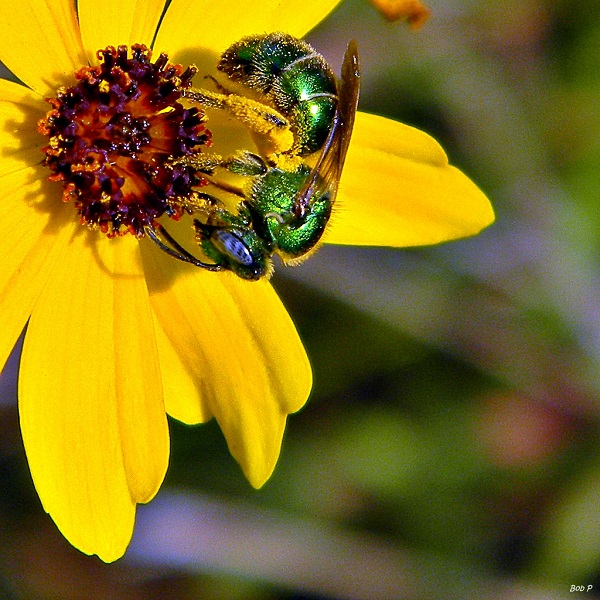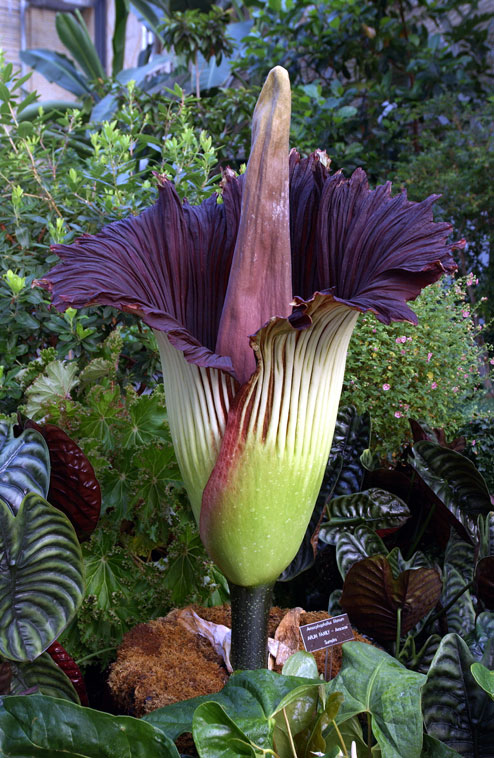Image courtesy of Wikimedia commons
With Valentine’s day fast approaching, stores are filled to the brim with extra flowers, candies of all sorts, and bizarre varieties of stuffed animals to proclaim one’s undying love to significant others. Every year at this time, as I look down entire rows of stores covered in pink, I think, “How do these things get started?” As it happens, for most of what we think of in terms of Valentine’s day tradition comes from the Victorians. They were the trend setters for modern conceptions of the Valentine’s card as well as what flowers to give and when.
The Victorian era was one in which status was marked as much by etiquette and decorum as it was by wealth and position. Social convention and ritual were the rules of the day. You didn’t break the rules or severe (social) retribution would rain down upon your head. These rules extended into daily interactions to a spectacular degree, and even more so in the courtship rituals. Should you find yourself in need of a husband or wife, not only were words spoken to the opposite sex severely restricted, but time allowed in their presence was severely limited, and marriages were as much business deals as they were about “affection.” (Love or passion would be too indelicate to say amongst the ladies.)
Thus, in an era where you are not allowed to speak your true feelings and intentions, be you lady or gentleman, you found interestingly varied and clever outlets for emotional expression. One of the most commonly accepted yet amazingly complex of these outlets was called, “The language of flowers.” Giving a flower to someone else is by no means new. It extends back about as far as humans do, but floriography, the practice of prescribing a variety of meanings to pretty much every known plant in existence became serious business to the Victorians. Whole books were printed with lists, like this:
Notice that it assumes you already know every flower by heart. Also, you could as easily declare everlasting hatred and vengeance as affection and devotion. However, for the Victorians, the idea was that you and your significant other could have whole conversations with the plants you presented on a lapel, carried in a bouquet, perhaps tied in the hair or looped into a bracelet on the wrist. If you were to give your beloved a gift of flowers, it could easily be in itself a love letter or a poem that they had to then figure out and then return the sentiment.
Sometimes these books could be beautifully designed, as much a work of art in themselves as a reference source for the meanings of flowers. Additionally, should you not already have memorized the plants by name alone, they helpfully provide pictures, like this:
Or this:
Some of the meanings are very clever and were not idly included in literary references or fine art from the period. It could even be extended into floral patterns on clothing, gift cards, or jewelry pieces. For instance, the pansy looks like this:
(from flowermeaning.com)
Its ascribed meaning is a play on the French word, “pensée,” meaning “thought.” Therefore, a pansy will usually mean, “thinking about you” or something similar. Olive plants, be it leaves, flowers, or fruit, mean “peace,” as in “offering the olive branch.”
Another classic in the symbolism ritual is the rose, whose basic meaning I don’t have explain, but color is important, as is state of growth, type of foliage, etc. Here is an entire page dedicated to roses:
(from http://wolffsapplehouse.com/language-of-flowers/)
As we expect, most mean some form of love, beauty, etc. However, scroll down to the yellow, and it means the opposite, with some jealousy thrown in. Whatever you do, do not send a York and Lancaster rose, unless you want to start some sort of war. It looks like this, by the way:
My unassociated eyes would call that “pink.” Then again, I also tend to think of yellow roses as happy, smiling symbols of Texas.
Thankfully, some things have changed. If you try to buy some flowers for your sweetie, the florist will probably not pry into your personal life to figure out the exact meanings of your intentions. However, some residue of these meanings are still around today. During the last royal wedding in Britain a few years ago, Kate Middleton carried a bouquet, seen here below:
She chose the flowers in her bouquet specifically for their meanings, which (as described by cbsnews.com) were:
– Lily-of-the-valley meaning “return of happiness”
– Sweet William meaning “gallantry” (and also not coincidentally) the name of the groom
– Ivy meaning “marriage”
– Hyacinth meaning “constancy of love”
– Myrtle meaning “marriage,” sprigs of which taken from Queen Victoria’s own plant
If this changes the way you think next time you find yourself wearing boutonnieres, corsages, or carrying bouquets because of social convention, at least we can all be grateful we live in 2017. Besides, the Victorians may have been crazy about their botany, but people now send poems via emojis. Maybe we haven’t changed that much after all.










